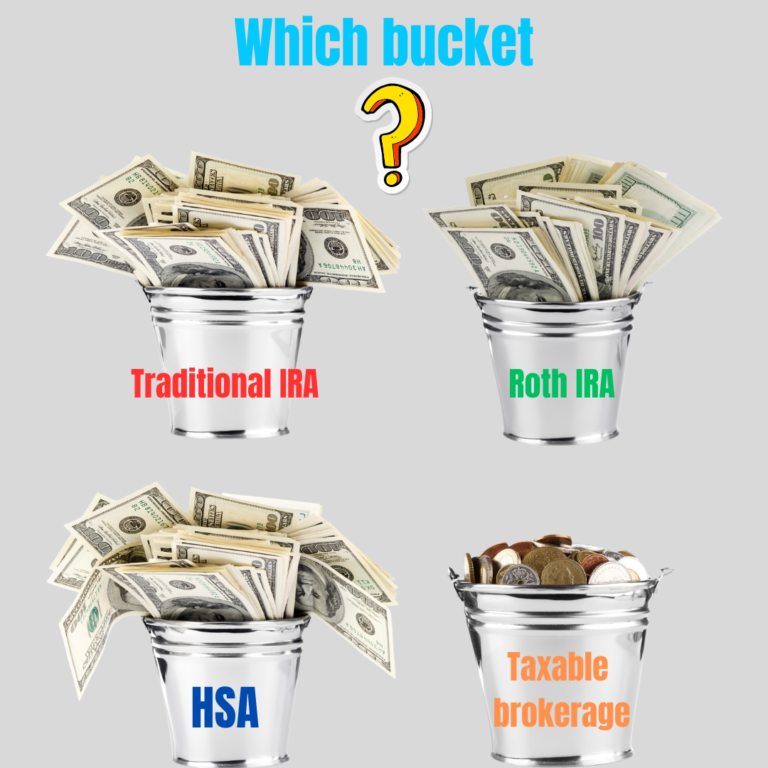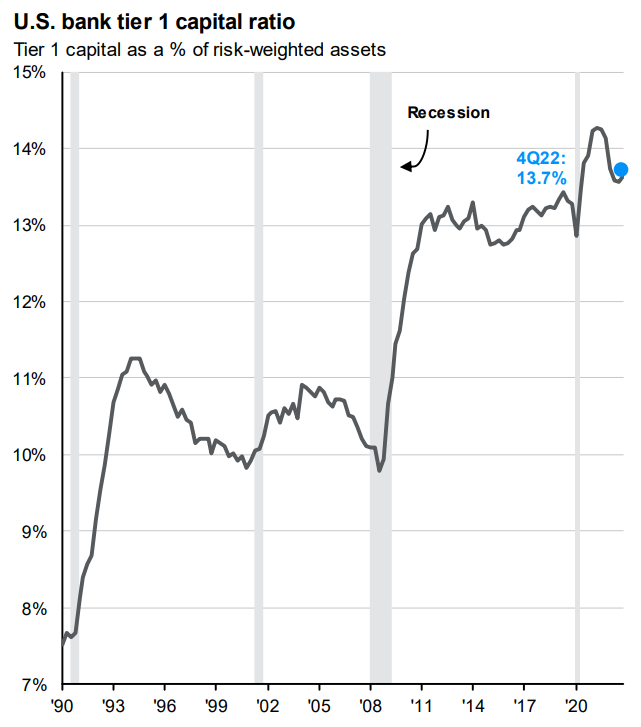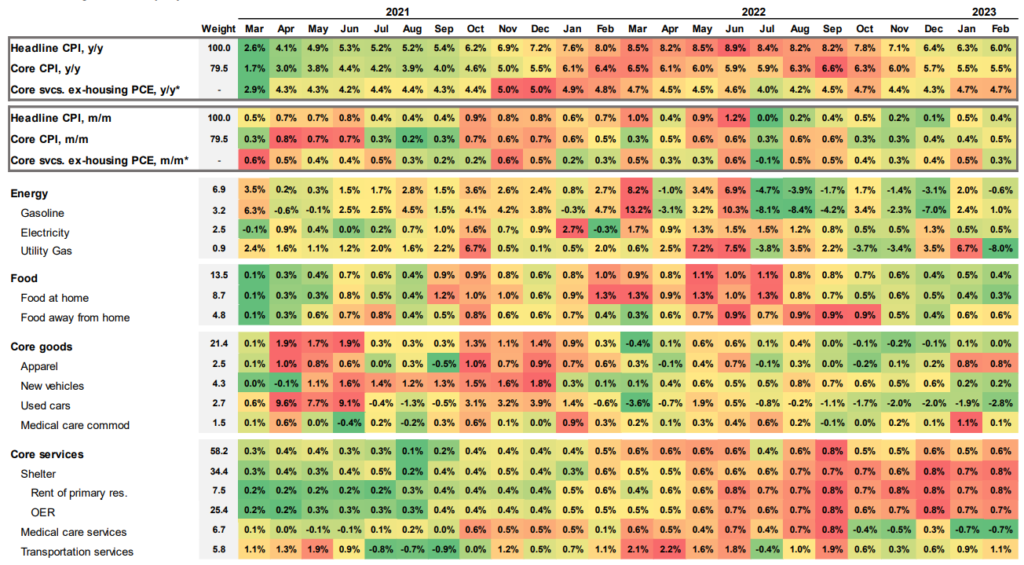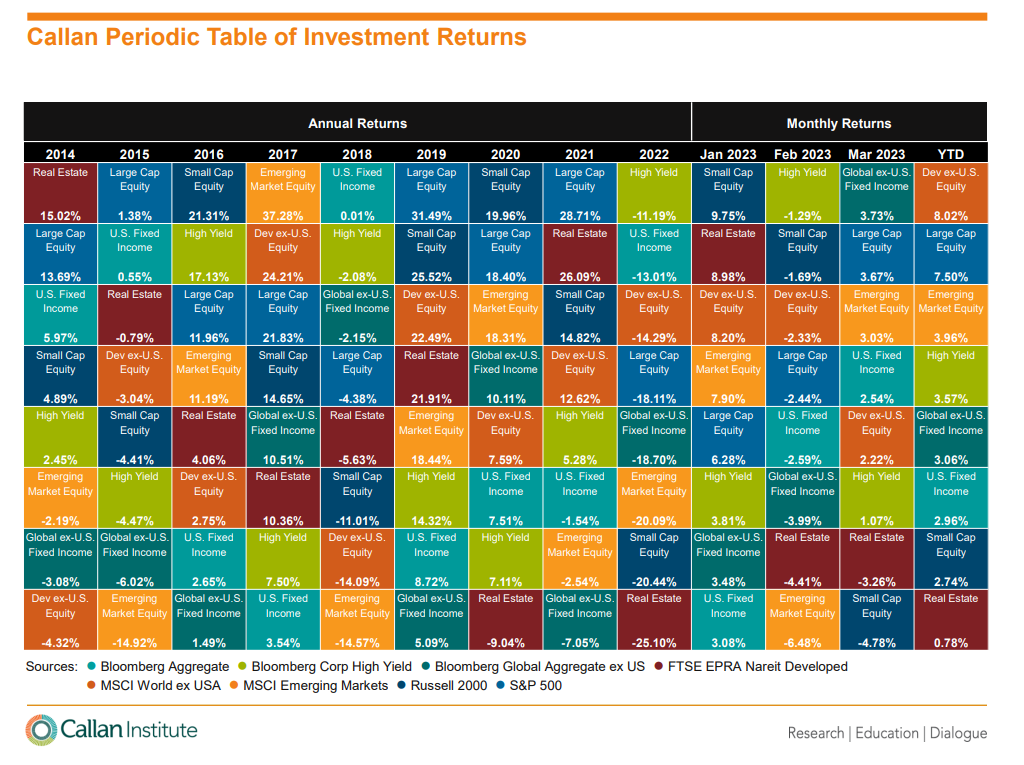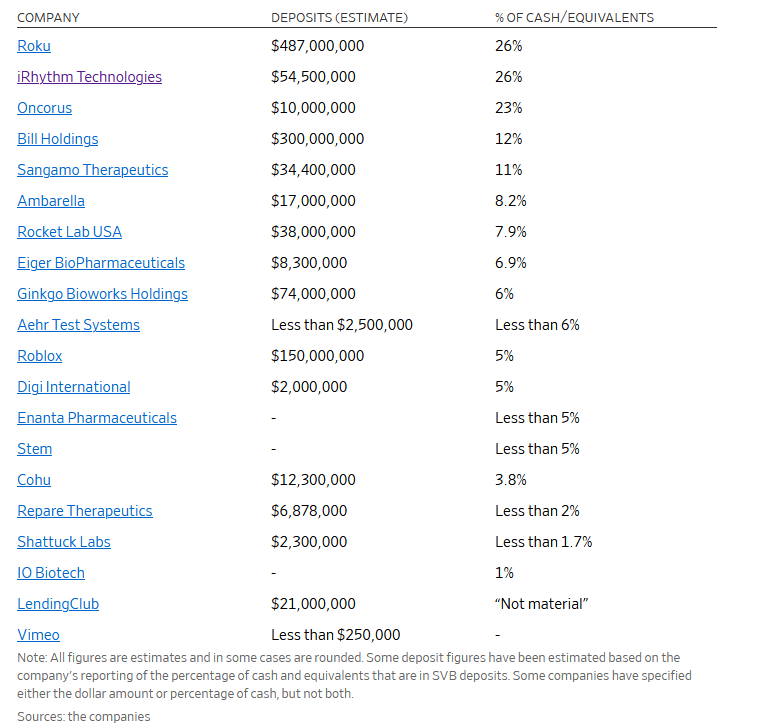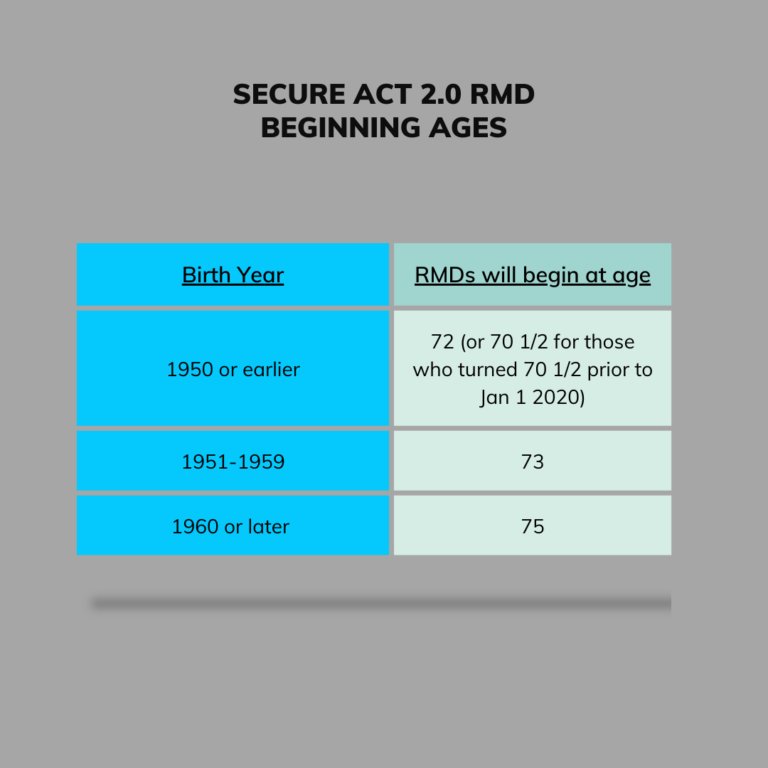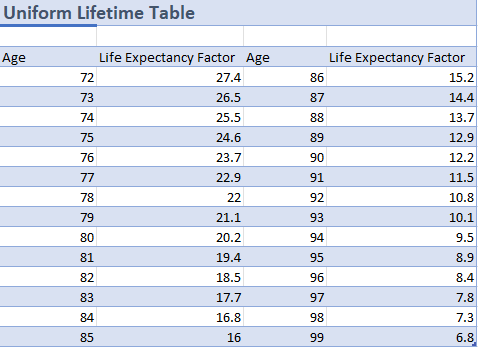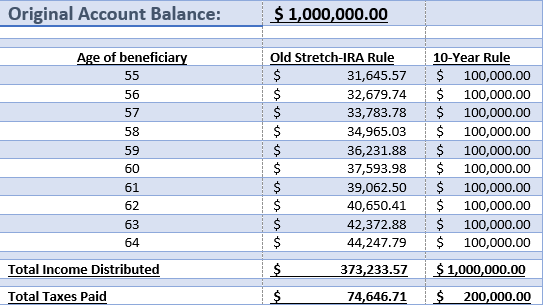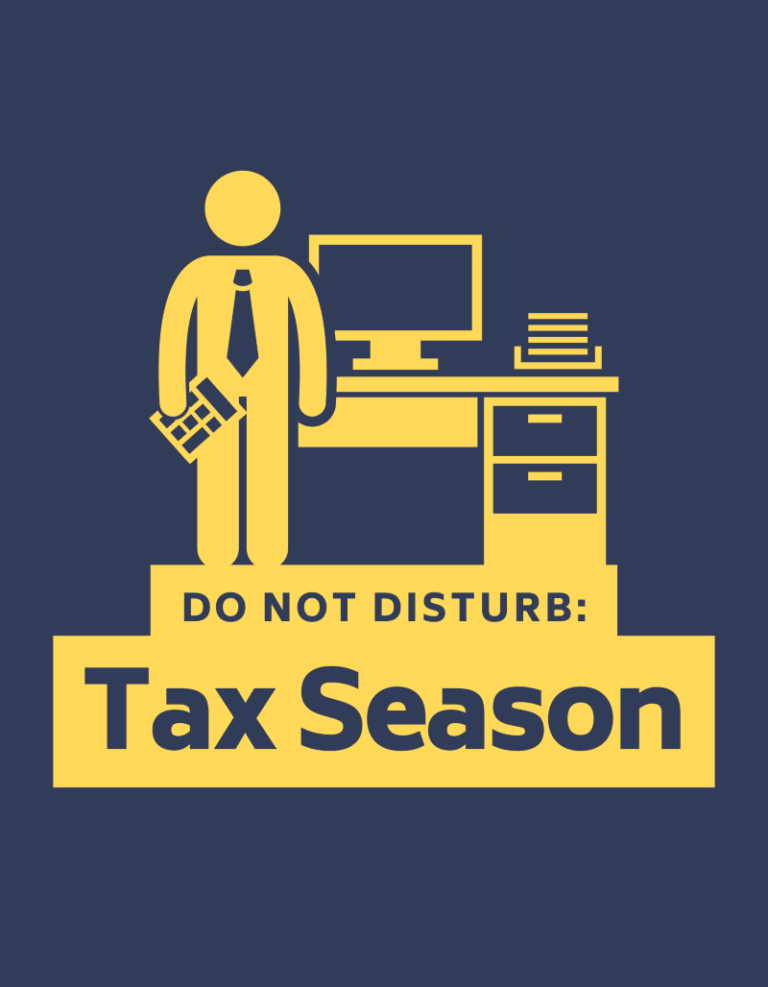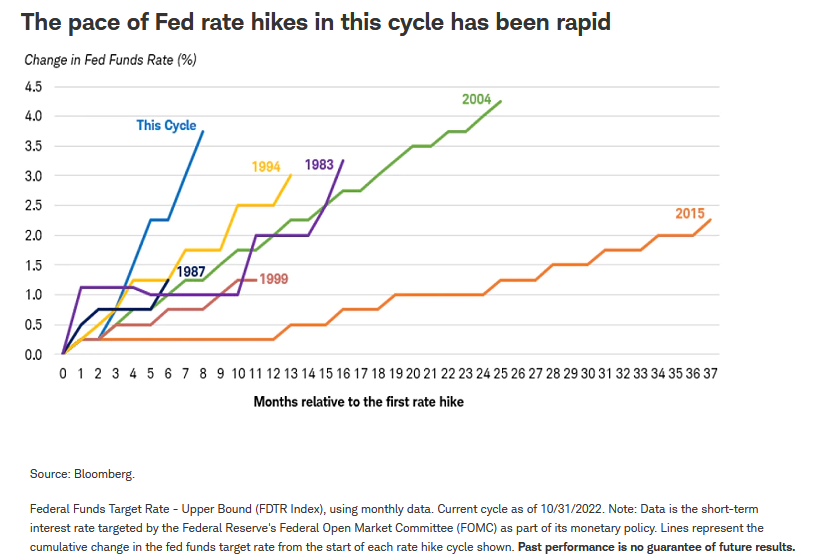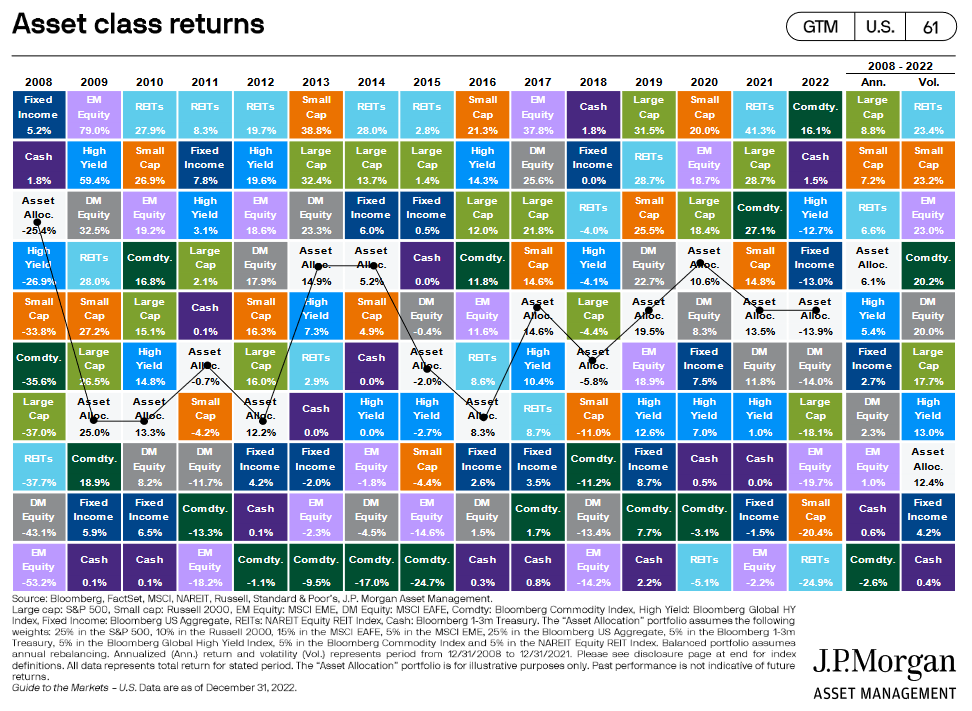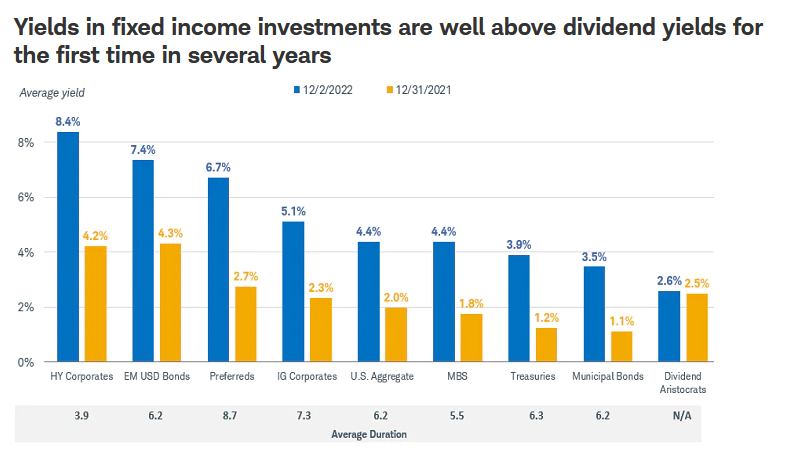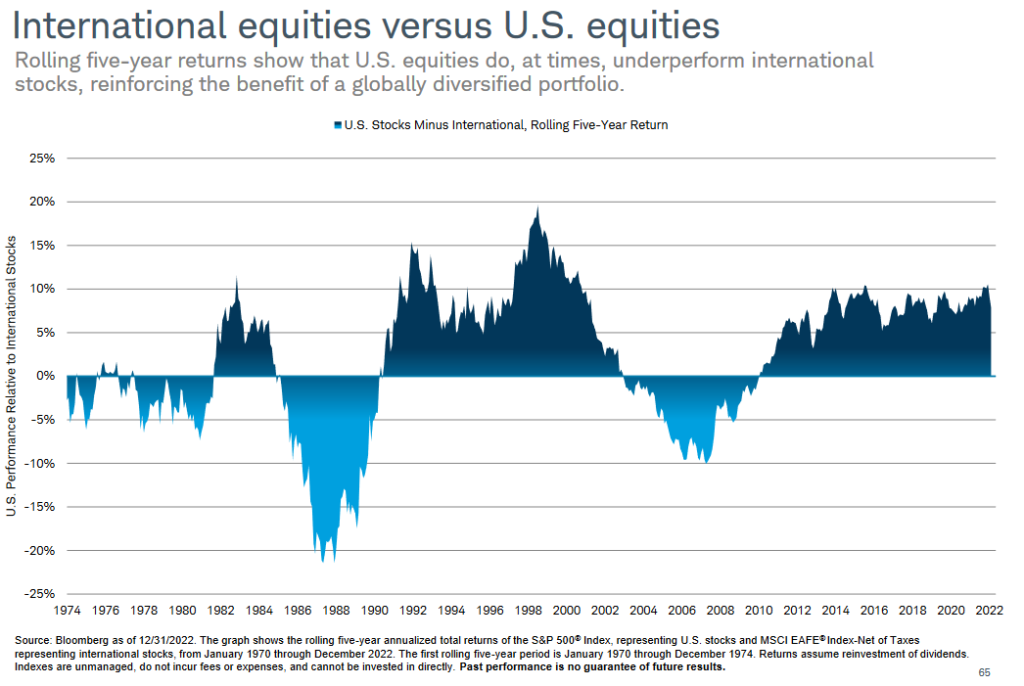
What is a fiduciary financial advisor?
Just because a financial advisor is technically a fiduciary, does it mean they are automatically superior to other financial advisors?
What is a fiduciary financial advisor in the first place?
Are fiduciaries always fiduciaries?
What are the limitations of a fiduciary financial advisor?
How do fiduciary financial advisors charge?
Let’s unpack the jargon and dive into what really matters when hiring a financial professional to assist with your financial goals.
So, what is the definition of a fiduciary financial advisor?
How about a definition from good ole’ ChatGPT?!
“A fiduciary financial advisor is a financial professional who is legally and ethically obligated to act in the best interests of their clients. This means they are required to put their clients’ financial well-being ahead of their own profits or interests. The fiduciary duty is a higher standard of care than the suitability standard that some financial professionals adhere to.” – OpenAI
Overall, I’m okay with the definition! I might add that a fiduciary financial advisor also has the responsibility of ensuring the recommendations continue to be in the client’s best interests. Whereas the suitability standard only requires that the recommendation (or product) is “suitable” at the time of sale.
What happens when life changes? Or the markets change? Is your financial strategy still in your best interest?
A fiduciary financial advisor/planner would be required to ensure this is the case on an ongoing basis, as long as you are working with that individual or team.
Are fiduciary financial advisors always fiduciaries?

Let’s first talk about how you will know if your financial advisor is a fiduciary.
The easiest way is to review their client engagement contracts. Here is a snippet from mine:
“IFS hereby accepts appointment and fiduciary duty of utmost good faith to act solely in the best interest of each Client pursuant to the terms and conditions set forth in this Agreement and to comply with impartial conduct standards.”
It’s pretty cut and dry. My firm is registered as an RIA, or Registered Investment Advisor. RIA’s are always fiduciaries, period.
However, some firms operate as a “hybrid.” This means they act on behalf of an RIA and a broker/dealer. This is where things become clear as mud.
A broker/dealer is a firm that sells products like insurance, annuities, mutual funds, or other investment products. These products pay commissions to the selling agent or broker. In this arrangement, the agent or broker is not a fiduciary, but oftentimes they put themselves out to be a fiduciary.
I’m not saying these products are all bad. However, much of the abuse in the financial services industry comes from the broker/dealer model. Have you heard the sales pitch for a life insurance policy with juiced-up cash value? Or the annuity that has upside potential with downside protection? In this model, your compensation is dependent on how much you sell, not on the quality of the advice you provide.
Here’s another confusing issue. The CFP Board (CERTIFIED FINANCIAL PLANNER), claims that CFPs act as fiduciaries. However, CFPs are not required to work for a Registered Investment Advisor. Many of them work for brokers or hybrid firms. This means you could say you are a fiduciary because you hold the CFP marks, but you may only act as a fiduciary “sometimes.”

What are the limitations of a fiduciary financial advisor?
Here is the other side of the coin. Because full-go fiduciaries don’t sell insurance and annuities, they often don’t understand how these products work. After all, the model of RIA firms is to charge advice fees, whether it be a % of assets under management or a flat fee. Herein lies the conflict of interest with the fiduciary financial advisor model!
I was having a conversation with another fee-only financial advisor at a conference recently about permanent life insurance. He was telling me about a case he’s dealing with where he recommended his client surrender a 10-year-old whole-life policy in exchange for term insurance. If you listened to episode 26 of our podcast, you know there are 7 reasons to own permanent life insurance in retirement!
I stayed curious and asked about the facts of the client. It turns out, this is a business owner with a large estate and is only in his 40s! There is a good chance he will be over the estate tax exemption by the time he passes away. Thus, permanent life insurance could be a great tool to help his beneficiaries pay the federal estate taxes without having to go through a fire sale of his business.
The other advisor was like a deer in headlights.
I don’t bring this up to poke fun at other advisors, I was very fortunate to have spent my first 12 years working for broker/dealer firms to get an understanding of how these products can fit.
However, many fee-only fiduciary financial advisors don’t have that luxury. Many of them started in the fee-only space. Or, they are career changers who were dissatisfied with the abuse from commission-based advisors and decided to become one themselves to make the industry better.
And believe me, the industry is in a much better place than it was when I first started in 2008!
With that being said, many clients who work with fee-only, fiduciary financial advisors may not get the advice they need when it comes to purchasing life insurance, long-term care insurance, and/or annuity products. And for the right client, these products are great fits!
This is the exact reason I’ve created a service offering for those who are interested in a comprehensive financial planning process that removes biases regarding buying insurance and annuities!
How do fiduciary financial advisors charge?

I dedicated an entire blog post to fees, and if you’re interested in diving deep, check out my article here.
To keep it simple for this post, fiduciary financial advisors can charge in three ways:
- % of assets under management (typically 1% – 1.5%/year of your investment portfolio)
- Flat fee
- Hourly or project-based
The % of assets model is by far the most popular, as many of the larger RIA’s have been operating in this arrangement for decades. But, there are inherent challenges to this model for my practice. First and foremost, many of my clients are in spending mode during retirement! They want honest opinions when it comes to paying off a mortgage, gifting to charity or maximizing their spending in retirement! I’ve heard some horror stories about AUM %-based advisors fighting clients to withdraw funds from other accounts instead of the ones they are managing. This is a big reason retirees are seeking flat-fee financial planners/advisors.
Additionally, as someone’s net worth grows, the complexity of their financial situation doesn’t necessarily grow in lockstep like the % of assets model would suggest. With the % of assets model, the larger the portfolio, the larger the fee.
For flat-fee financial advisors, oftentimes the fee is based on complexity, which isn’t solely predicated on how much of your investment portfolio is managed with that firm.
Furthermore, what if you want to purchase a rental property with some of your funds, or pay off your mortgage? Do you think you will get an unbiased viewpoint if your advisor’s fee goes down because of a large withdrawal from the portfolio?
And finally, you have hourly or project-based advisors. These advisors just give advice, they don’t touch your investment portfolio! This is a very important distinction as this is a great opportunity for advisors to add value to people who otherwise wouldn’t be able to hire an advisor.
Perhaps you are a business owner with all of your net worth tied up in your business.
Or, perhaps most of your funds are in a 401k plan at work.
Or, perhaps you are just getting started in your career and don’t have the asset size to hire a traditional “AUM” advisor.
Our firm also has a one-time engagement model where we can add a ton of value to someone who otherwise wouldn’t be able to receive customized advice. Oftentimes these clients turn out to be long-term ongoing relationships, but at least we can establish a solid foundation when they need it the most.
Final thoughts
There is a lot to digest here, but just know that there is no right or wrong fee model! Furthermore, just because a financial advisor can say they are a fiduciary, doesn’t mean you should hire them!
Here are a few tips for those planning for retirement and looking to hire an advisor:
- Of course, make sure you hire a fiduciary who is always a fiduciary!
- Make sure they have professional designations! The CFP is the general financial planning designation, but the RICP is the Retirement Income Certified Professional! These individuals have deep knowledge of all things retirement planning.
- Decide what role you want to play in the relationship. If you want to continue to DIY your investments, you could hire an advisor for a one-time engagement or hourly work. If you don’t want to deal with the headache of managing investments and portfolio withdrawals, or you have more important things to spend your time on, I would suggest hiring a flat-fee financial advisor or even an “AUM” based advisor who can help with retirement planning and investment management!
- Regardless of the “fee model,” make sure the advisor has experience serving others like you! You can either ask for references, look at reviews on Google, or ask them to share their experiences working with your “client profile.”
- Make sure the advisor communicates with how you like to receive communication! if you want to see how the watch works, make sure the advisor is comfortable communicating with showing you their work. If you want to stay high level, make sure that the advisor isn’t diving deep into spreadsheets every time you have a meeting.
- Get a feel for what questions they are asking you! To truly do comprehensive planning, they should be asking about your relationship with money, your family history, your family background, relationships that are important in your life, worries that are keeping you up at night, etc. (not just the financial statements).
- And finally, if you fall into the camp of being a worrier with a very low-risk tolerance, you need to consult with a fiduciary who also deals with insurance and risk management!
I hope this helps! If it did, make sure to subscribe to my newsletter below where I put out all of the retirement planning content in one consolidated email (monthly-ish).
Follow me on Instagram @imaginefinancialsecurity if you are a high-income Millennial or Gen X looking to achieve financial independence early!
Follow me on Facebook @kevinlaocfp if you are nearing retirement or recently retired and want education on traditional retirement planning.
If you are interested in learning more about how we can serve you, make sure to take our complimentary “Retirement Readiness Analysis” and we’ll reach out with our initial thoughts on how well you’re tracking towards your goal of financial independence. The cool thing is, you don’t need to share ANY financial statements or personally identifiable information to participate!
Thanks for reading!



